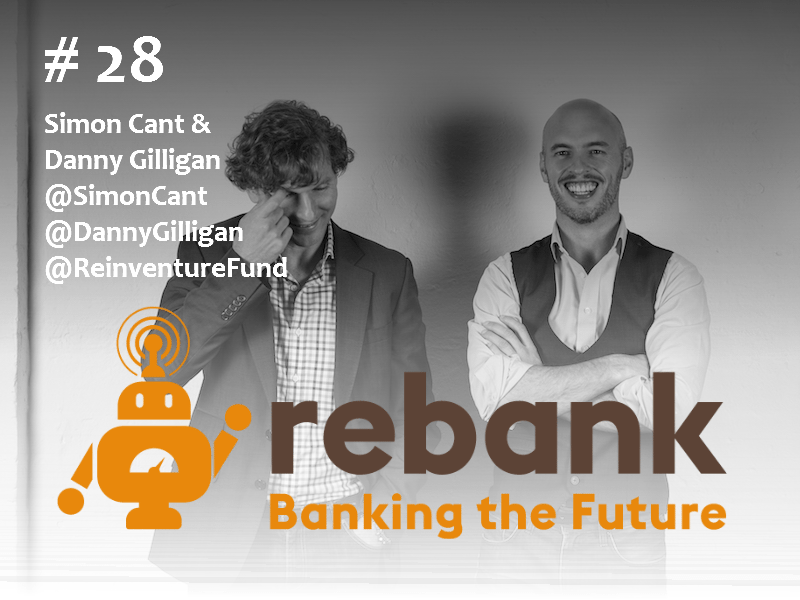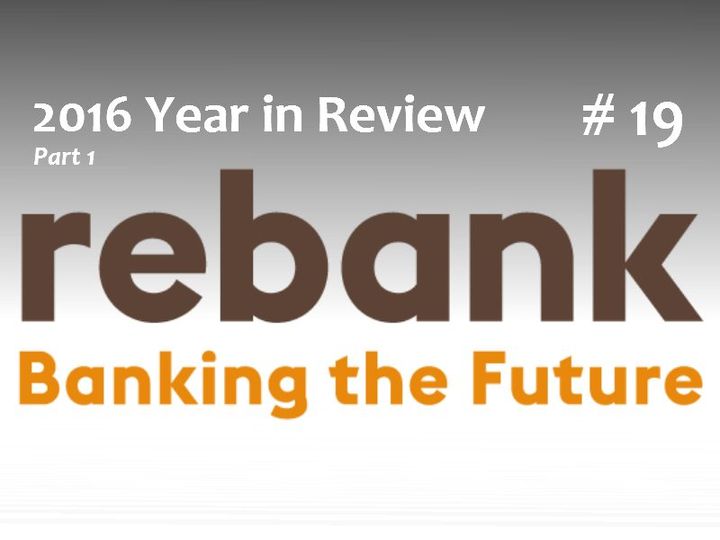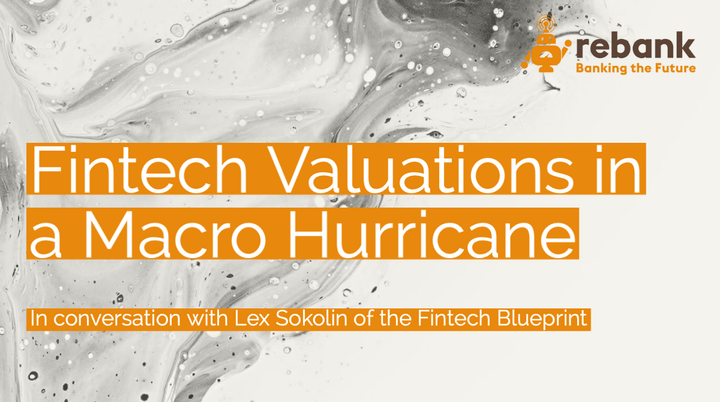Brands as Banks

There are a few trends we at Rebank are watching particularly closely at the moment, and I want to take a few minutes to look at how they're related.
Most everyone in financial services recognizes the following:
- Fees and margins are disappearing across the industry, driven by tech-led disruption.
- There's general redesign underway of the financial product manufacturing and distribution value chain.
- Infrastructure is rapidly being developed to make it easier to spin up and push new products.
There are a few important early results of these trends, notably:
- Single vertical fintech apps in the US, UK and Europe are converging toward comprehensive consumer finance offerings.
- Non-banks with significant customer bases are looking at ways of deploying banking and financial services products to deepen relationships and drive new revenues.
At the same time:
- Banks are poorly positioned vis-à-vis their customers, as a transaction tax for using money.
- Leading brands enjoy compelling margins.
- Many brands have missed the shift to the attention economy and/or haven’t yet repositioned.
Taken together, these dynamics point to a growing migration of financial interactions away from banks and toward brands.
As platform banks like Synapse make it possible to surface regulated financial products in new places, they also create new revenue streams for brands. Betterment can run a net income positive checking account thanks to interchange sharing available from their platform banking partner. Betterment's revenue upside isn’t in the number of customer card transactions or even the amount of deposits sitting in accounts, it’s AUM on their investments platform. The checking account is an on-ramp for new investments customers.
Many consumer-facing fintechs can adopt this same approach to drive more value to their core businesses. Mortgage origination fintechs, for example, need to make sure they're in front of customers at the moment they decide to buy a home. Anyone from Zillow to Zoopla to Coldwell Banker could run a cost neutral checking account that intelligently guides would-be homebuyers toward the purchase of a home, engaging with them continuously, helping them save and ultimately facilitating real estate transactions.
BMW, Nike, Starwood Hotels, WeWork and Apple, to take only a handful of examples, have widely recognized brands, large customer bases and high margin products, the trifecta of attributes necessary to distribute mass market financial products in the new world.
“Open a WeWork for Business bank account and save 5% on your office space.” “Open a Starwood for Business bank account and get 10% of your team's stays for free.” Either pitch sounds better than paying hundreds or thousands a year for a small business bank account and getting nothing in return.
Branded rewards credit cards have existed for years. Now, the infrastructure is being built to deliver a wider range of partner-based financial products, with fascinating monetization implications.
Suddenly, banking is a value add to users rather than a stream of fees and charges. The difference is that in the brand-as-bank model, the (wholesale) cost of banking is paid by the high margin brand in exchange for disproportionately higher sales, rather than marked-up retail banking fees and charges paid by accountholders and ultimately retained by bank executives and shareholders.
And then, of course, there’s Apple. Now that user behavior has been shaped around mobile commerce, how hard would it be to roll out routing numbers for Apple Wallet, shut off third-party cards and ramp up payments in iMessage?
There are definitely (minimal) regulatory, consumer protection and, in some cases, competition considerations to work through, but there is enough white space and potential revenue to make business cases worth exploring.


